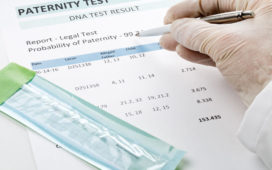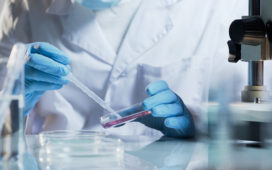Twin DNA Test – Know If Identical or Fraternal
A couple expecting twins is always curious to know whether the twins are identical or fraternal. Well, the inquisitiveness is quite normal and there is a medical way to find if the to-be-born babies are identical or fraternal with the twin Zygosity DNA test. By now, the results of the twin DNA test have been found 100% accurate at reputed medical centers.
Need for the twin DNA test
If a couple expects or has newly born twins, they should take the twin DNA test for the following reasons:
- If they are identical, the blood groups of both the babies would remain same and they can donate each other blood whenever required as they grow old. They can also become compatible organ donors in case of transplantation, if ever the situation arises.
- Merely knowing the physical characteristics and resemblance of the twins doesn’t make it clear whether they are monozygotic or dizygotic.
How the twin DNA test works
DNA sample from each twin is taken to identify if they are fraternal or identical. An individual can use the prescribed home kit for the collection of DNA sample. A general twin DNA test kit includes:
- 4 mouth swabs per twin
- Instruction manual
- Consent forms – forms to be filled with basic details and signatures as a consent to carry out the test)
The process twins are conceived
Identical twins are conceived on fertilisation of a single ovum by a single spermc ell and the egg splits into two, developing 2 different embryos having identical genetic composition (carbon copy). Fraternal or non-identical twins are conceived when two ova are fertilized by two independent sperm cells creating 2 embryos with different genetic composition.
A twin DNA test confirms about the similarity of DNA profiles of the twins in question. When the tested DNA profiles as similar genetically, the twins are identical. On the other hand, when the DNA profiles tested do not conclude to be similar, the twins are fraternal. Fraternal or non-identical twins are no different than normal siblings.














